
The irony of the fact that a journal named South as a state of mind is officially launched in Karasjok, a city at the outer limits of the northern hemisphere, seems to amuse Adam Szymczyk. He is the artistic director of the 14th edition of Documenta, the exhibition held every five years in the German city of Kassel, and probably the most important event in the art world. The Greek journal South as a state of mind has temporarily become the official Documenta 14 journal. Kunstkritikk met up with Szymczyk after he had presented the second issue of the journal at a seminar at the Sámi Parliament.
– There was something extremely attractive in the idea of reversing the geography and bringing the magazine here, he says.
Shuffling geographical coordinates has become something of a trademark for the 46-year-old Polish curator. Two years ago it was announced that for the first time in Documenta’s 60-year history the exhibition will be split between two cities, Athens and Kassel. Considering the fraught Greco-German relationship in the wake of EU’s debt negotiations, it should come as no surprise that the decision has caused reactions in the German press. According to the Berliner Zeitung, Szymczyk is leading the provincial city Kassel’s “holy cow” straight to the slaughterhouse by taking the regionally funded exhibition abroad. Most controversial is the fact that the official opening of Documenta 14 takes place in Athens on April 8th, while Kassel will have to wait until June 10th.
Throughout its history Documenta has not only functioned as an enormously comprehensive overview of contemporary art, but has also aimed to reflect on art’s place in a broader social reality. Szymczyk has said that Documenta should be a response to current urgencies, with Athens being exemplary as a place where the contradictions of the contemporary world meet and clash. The exhibition has so far been given the working title Documenta 14: Learning from Athens.

Before he was appointed artistic director of Documenta in 2013, Szymczyk was director of Kunsthalle Basel, where he was noted for inviting primarily younger and relatively unestablished international artists to exhibit. Szymczyk was also co-curator, with Elena Filipovic, of the 5th Berlin Biennale in 2008.
Szymczyk was invited to Karasjok by Office for Contemporary Art Norway (OCA). In the days following and preceding the seminar, the Documenta team travelled through the north of Norway, meeting artists from the region. A substantial Nordic presence in Athens and Kassel seems very likely, and has already materialized with Sámi activist and writer Niillas Somby’s participation in 34 Exercises of Freedom, which opens today at Athens’ Parko Eleftherias Arts Center. The event is the first of Documenta 14’s Public Programs, and Somby will take part alongside well-known Italian political philosopher Antonio Negri, among others.
The seminar at the Sámi Parliament was part of OCA’s ongoing project Thinking at the Edge of the World. Perspectives from the North, and included presentations of the life and work of Sámi poet, joiker and artist Nils-Aslak Valkeapää, and discussions on activist art production with the Sámi Artist Group (1978–80) and Kautokeino Artist Collective. The clash between Western principles of law and indigenous cultures’ use- and exchange-based notions of property was another topic, as was the issue of Norwegian colonization of the High North.

– Today we visited the Sámi Parliament, and I couldn’t stop thinking of the fallacy of different forms of quasi-parliamentary organizations that are supposedly there to represent the people. This also becomes evident in the current political situation in Greece where the democratically elected Greek government is operating within the very strong force field of the vested international interests of capital, says Szymczyk.
How does the decision to launch the new issue of South as a state of mind in Karasjok reflect the interests of the Documenta team and your research for the exhibition?
In order to further complicate this issue of geography—so as not to make it a binary of North/South, Germany/Greece and these rather predictable narratives—we were looking for possible alliances with locations and cultural environments, producers, traditions, histories and so forth, that are located at an improbable distance to both Athens and Kassel. Hence Karasjok and the land of the Sámi people. We simply began thinking about the title of South as a State of Mind, which has temporarily become the Documenta 14 journal. We weren’t thinking of a particular “southern state of mind,” but rather of the function of “south” as a kind of shifter that can be deployed in different locations politically.
This first assumption of organizing the show in Kassel and Athens is only meant as a kind of generator; it establishes a certain grammar and opens a field for transformation and generates new meanings that can be discussed and located in places that are outside of this dichotomy between the two cities.
Does your visit here also mean that there will be Sámi artists involved in the exhibition?
It’s quite likely that some of the artists that we met here will be involved. One of the curatorial advisors to Documenta 14, Candice Hopkins, has already been working with Sámi artists and the communities here, through a sort of trans-arctic connection reaching to the Canadian First Nations. This larger northern world is a very interesting place from which to think about the rest of the world.

The first Documenta in 1955 responded to a specific political and historical context, but also brought forth a certain idea, or ideal even, of art as a catalyst or vehicle for social integration. Moreover, Documenta was not at that point intended to become an institution. In your talks you’ve made reference to the 1955 Documenta and its specific circumstances. With the splitting up of Documenta 14 between Athens and Kassel, it seems you’re destabilizing the institution Documenta, whilst emphasizing and questioning the idea of what Documenta is or can be. Is there a particular idea or spirit of Documenta and its legacy you wish to evoke or renew?
Yes, maybe there is something interesting about the spirit and intentions of the founders of Documenta. But how it played out in the larger scenario of reconstruction in post-war Europe and Germany at that time, and the political role that Documenta nolens volens played in this process, is another story. I don’t think that we are imitating this gesture. Especially in that we’re also interested in the period that seems by necessity to have been completely barred from the field of vision of the 1955 Documenta—the Nazi era, and the position of artists during this dark time. Back in 1955, this was too close to address frontally, but could be mediated through a kind of elision or negative delineation, by bringing into the exhibition the art that was banned by the Nazis.
A scenario introducing a similar kind of unifying narration is absolutely untenable today, because as we know—and we know it also thanks to the recent four editions of Documenta—the world has become an extremely multi-polar space, and is characterized by increasing individual mobility for some, immediate dissemination of information among many, as well as an unprecedented piling up of conflicting narratives. I think that among these narratives we are maybe intuitively interested in those that present the other stories, in which the dominant narratives that shaped the official self-perception of a nation can be put into question through the presence of other minor, and less often heard stories.
In the first issue of South you discussed the possibility of exhibiting the Gurlitt-estate, the much-debated collection of more than 1500 artworks that were discovered in 2012 by the Munich police in the apartment of Cornelius Gurlitt, the son of one of the art dealers operating for the Nazi regime. Why did you want to show the Gurlitt-estate in the context of Documenta?

Our interest is not only a matter of discussing the terms of provenance and restitution (as these are being dealt with by many state institutions and independent organizations), but also in exposing the mechanisms of repression of truth in a society, functioning as means to enhance social cohesion—on false premises. Today I was thinking again about the Gurlitt estate as I was listening to speakers who were talking about the need for truth to be known, asking why Norwegian newspapers won’t print certain things relating to Sámi politics on the front pages.
I don’t believe that absolute transparency solves everything, because there is always something that is irreducible and that will evade the full visibility. There is always a blind spot in a perfectly transparent sphere. Nevertheless, I think that the number of articles and books that were published around the Gurlitt case show that there is an issue here. And I think that if Documenta is supposed to address the issues that are important in Germany, and also in the world at large right now, the issue of historical memory embodied in artifacts, and in the fates of artifacts, is a very productive field. Objects that are in museums and private collections worldwide often become collectibles in contexts that are far from being ethically justifiable, to say the least, so we cannot just speak about beauty, tradition, and canon without addressing the specific material history of objects. Another issue is the central symbolic role of antiquities for Greeks and the current presence of these antiquities in various collections around the world, supposedly belonging to the universal cultural heritage of humanity. But which humanity are we talking about?
You have said that Documenta should be a response to an urgency. Working in Athens it seems impossible not to be confronted by the current political and social circumstances.

I’m afraid there is no place where it is possible not to be confronted with the reality of politics and the economy today. This is not a recent phenomenon; it has simply become more obvious in recent years. Athens is of course a very visible embodiment of the general decline of the economy and the condition of civil society that is taking place across Europe, with the rise of the right wing visible everywhere. We have a situation where nobody seems to have a vision for reconstruction, such as it existed after the Second World War. Instead of reconstruction we have a kind of willful destruction of social bonds, and growing isolationist tendencies in those countries holding political, military, and economic power that are now striving to make themselves “safe” from any incursion of strangers, “barbaric” others.
How does an exhibition like Documenta address such an increasingly complex political and economic situation?
I believe that the response to complexity cannot be homogenous, meaning that this exhibition will not offer a set of answers, but rather “micro-answers” that are embodied in the works of artists and other participants in the project—thinkers, writers, poets, musicians, composers, and so forth. So I guess we are trying to achieve an understanding of our time—but without preconceived ideas about what this understanding should be, or what kind of recipe we should offer, and what it can do. I think that in most cases, whether with small or large exhibitions, it’s the works and the discussion of the works that offer answers. And this can only happen after the works are done, emerging from within the gap and tension between the two cities.
In the magazine South as a State of Mind we aim to articulate certain topics, although without a too strong thematic focus. We had the idea to revolve around a pair of terms in each issue. In the first issue these were displacement and dispossession, and in the second issue they were masks and silence. And similarly, the third issue might be dealing with the notion of language on the one hand, and with hunger on the other. We’re trying not to deploy overarching notions such as migration, because they don’t seem to produce any affective response, but rather become tokens in a vocabulary of criticality. The choice of topics to be addressed in the magazine is driven by a search for “poetic clarity,” if I may say so. Contrary to the belief that poetry deals with topics in a way that is not precise and cannot be defined, I would claim the opposite.

You have said that you wish to work within existing institutions during Documenta 14. What types of institutions are you thinking about?
In general, publicly funded institutions. This is a kind of European specialty that seems to be in decline, even here in Scandinavia, as far as I know. In Greece the situation is much worse because there is simply no way to run institutions on public money in a situation where the entire economy is in a state of coma. So, instead of creating a sort of “feast of Documenta” in rented or disused locations, we would like to use our project to make certain institutions more visible and include them as participants, be that as venues or as co-thinkers on the project.
You plan to have the same artists make works in both cities?
More or less. Most artists were asked to make new works. They made site visits first to Athens and then to Kassel. We are still in this process and we are still inviting artists—which we probably should stop doing very soon. There is no template to this project, it is not really comparable to the relatively linear process of a singular exhibition. We made some a priori decisions in order to set the project in motion, and then we learn from what we encounter on the way.
The working title Learning from Athens has proven an apt choice so far, then?
The phrase “working title” is part of the working title, because it introduces the word “working,” which interests me more than the word “title,” as much as the movement of learning interests me more than maintaining the position of the teacher and the position of the student. But the intention to know more or better is definitely there. So we’ll see how we fare, and maybe the working title will in the end become something of a title.

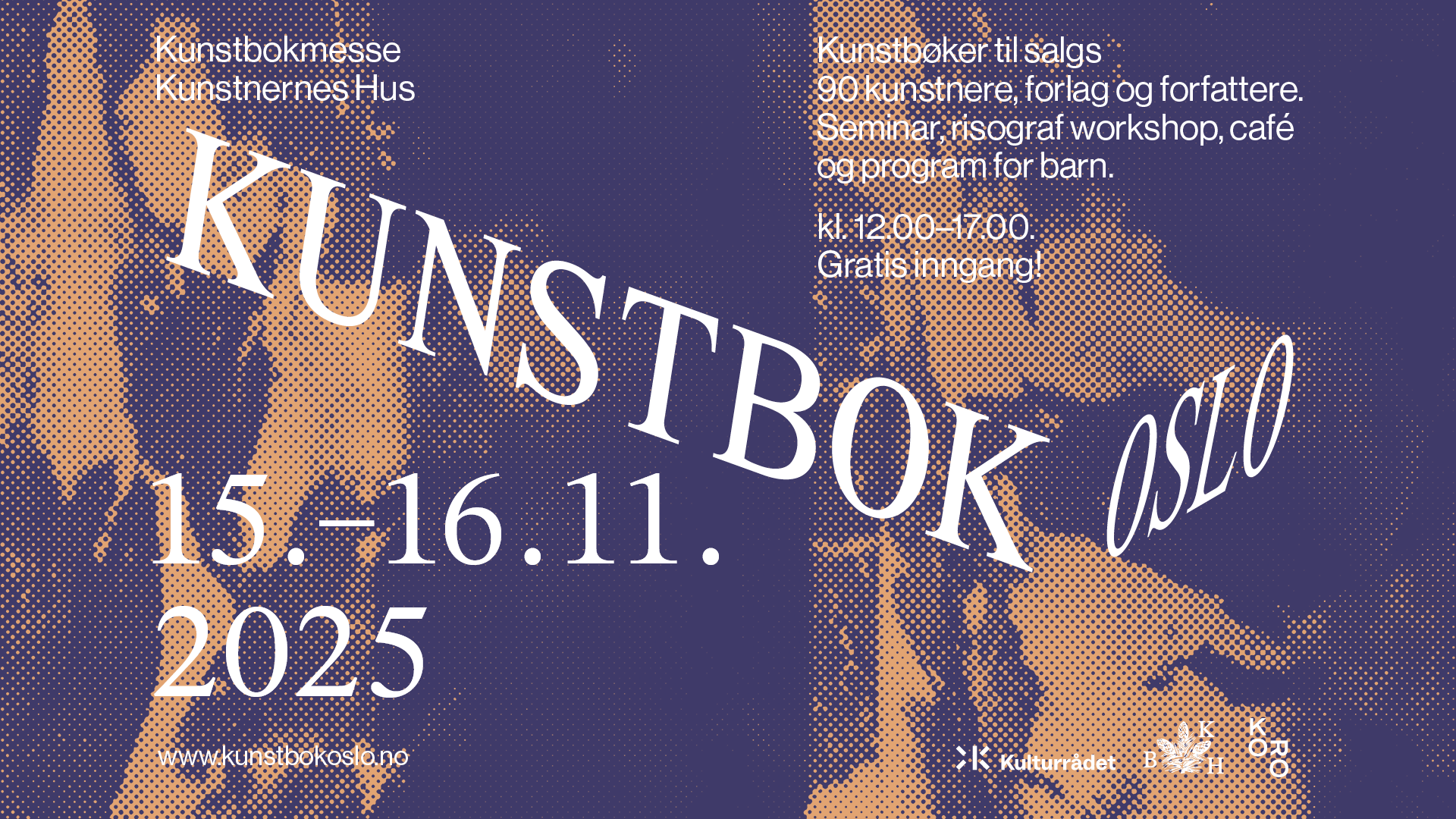


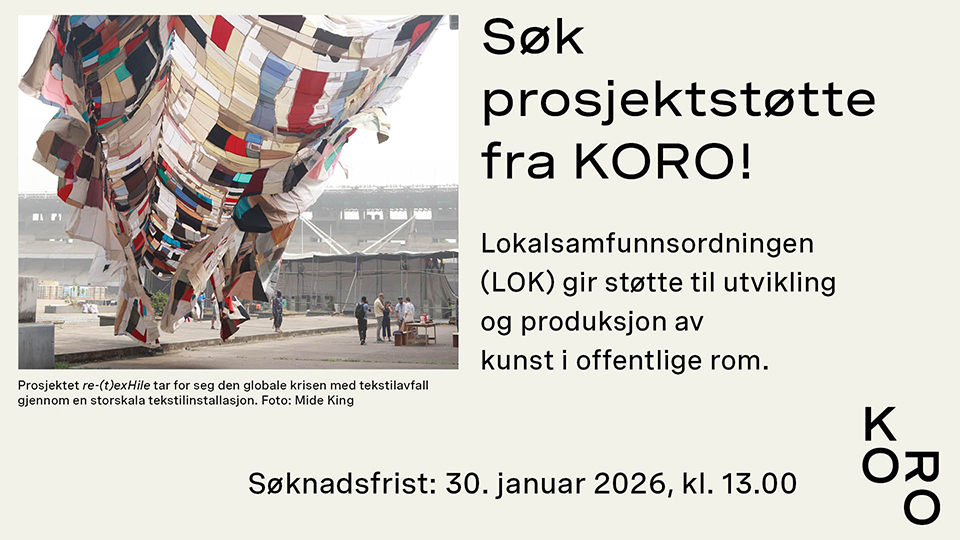
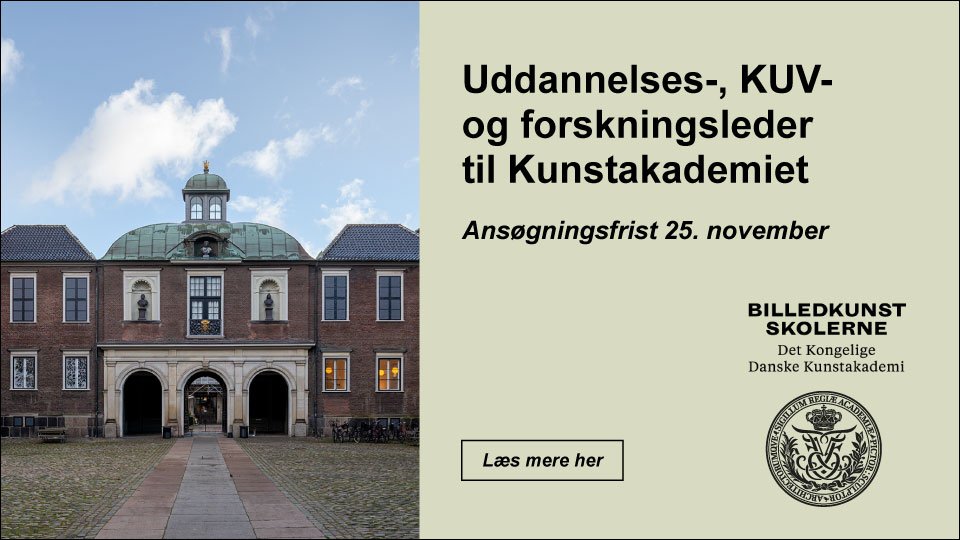
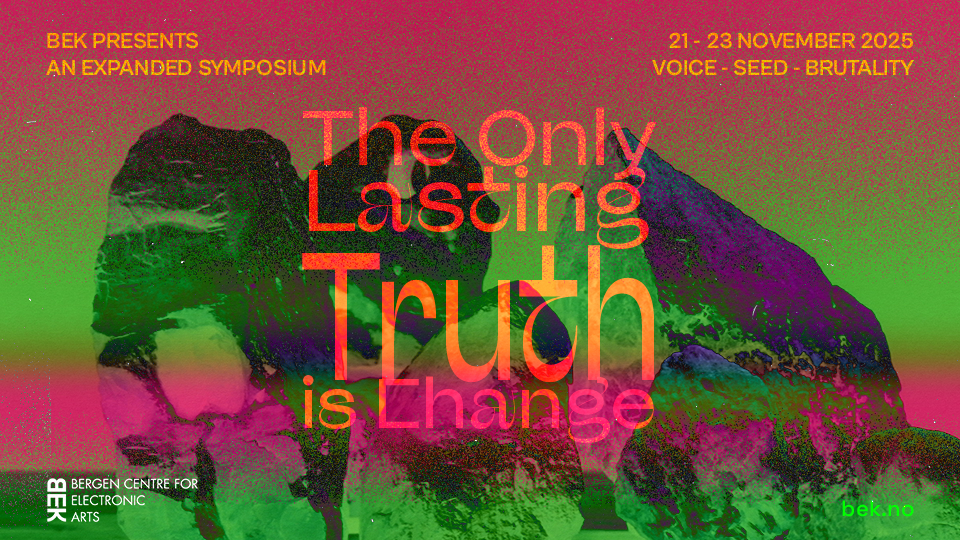
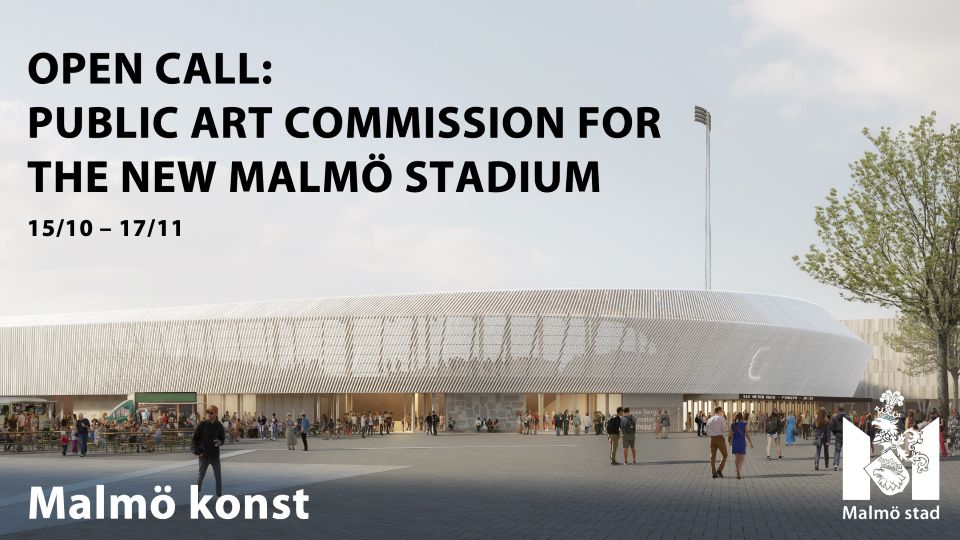
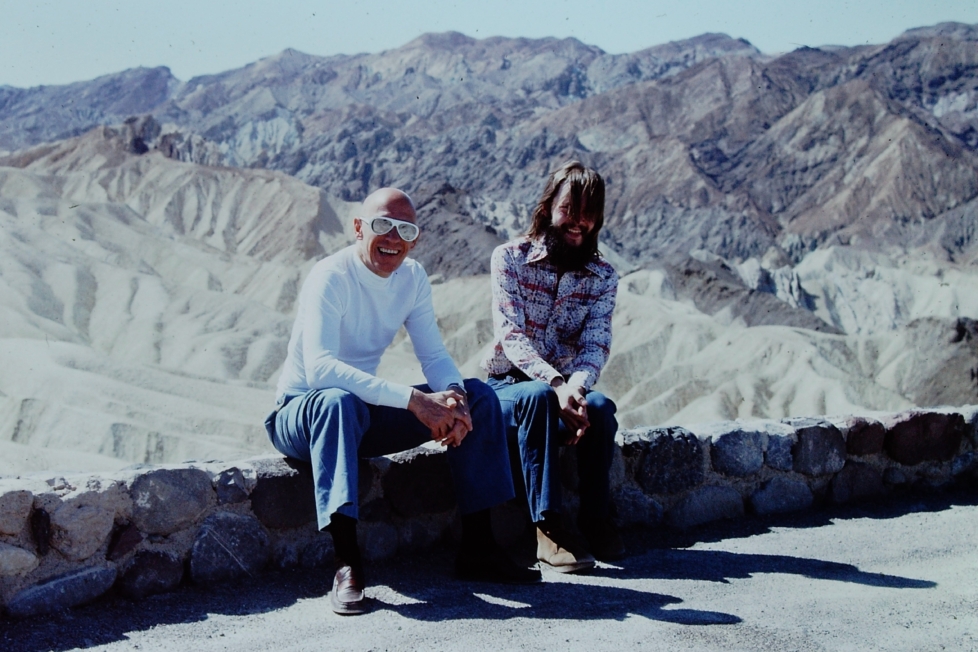
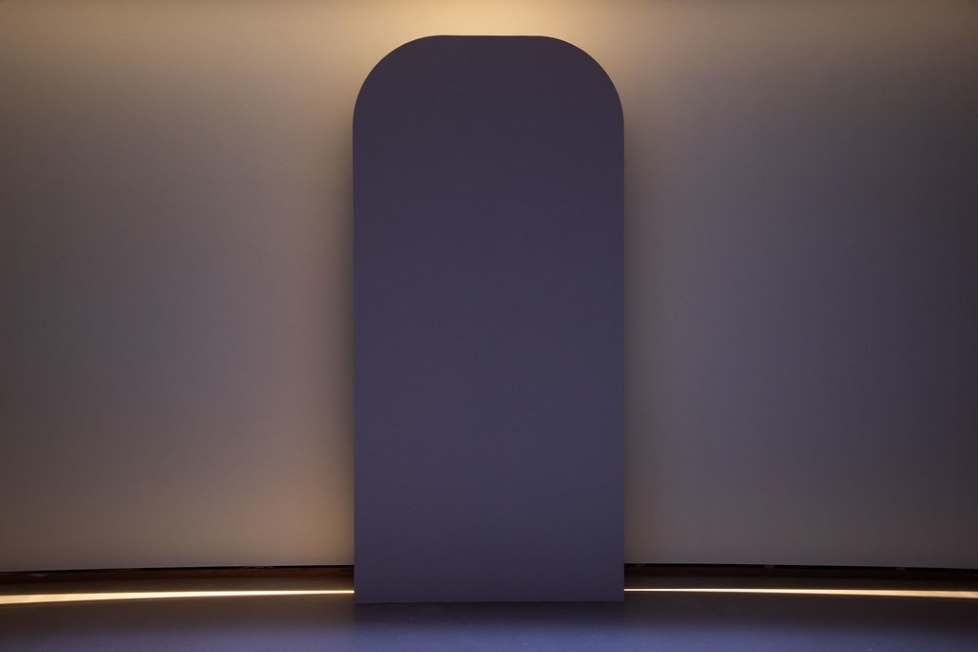
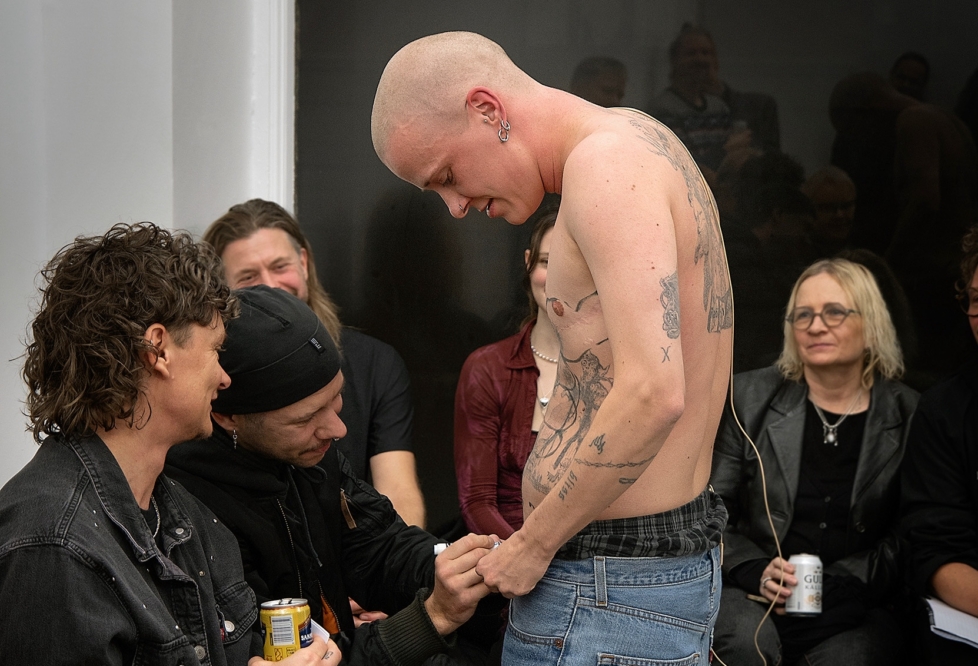
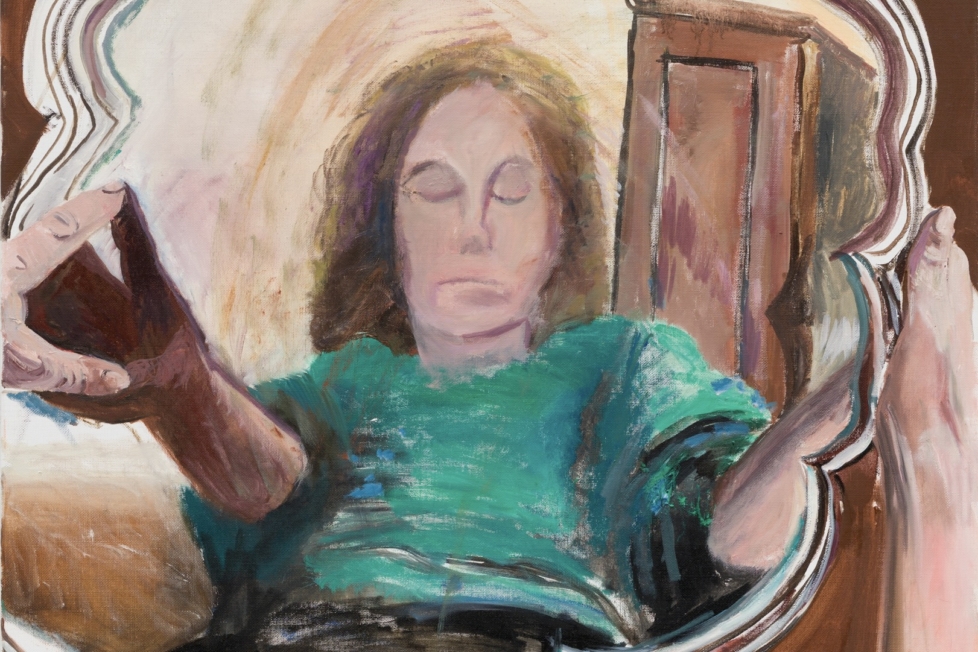
Leserinnlegg